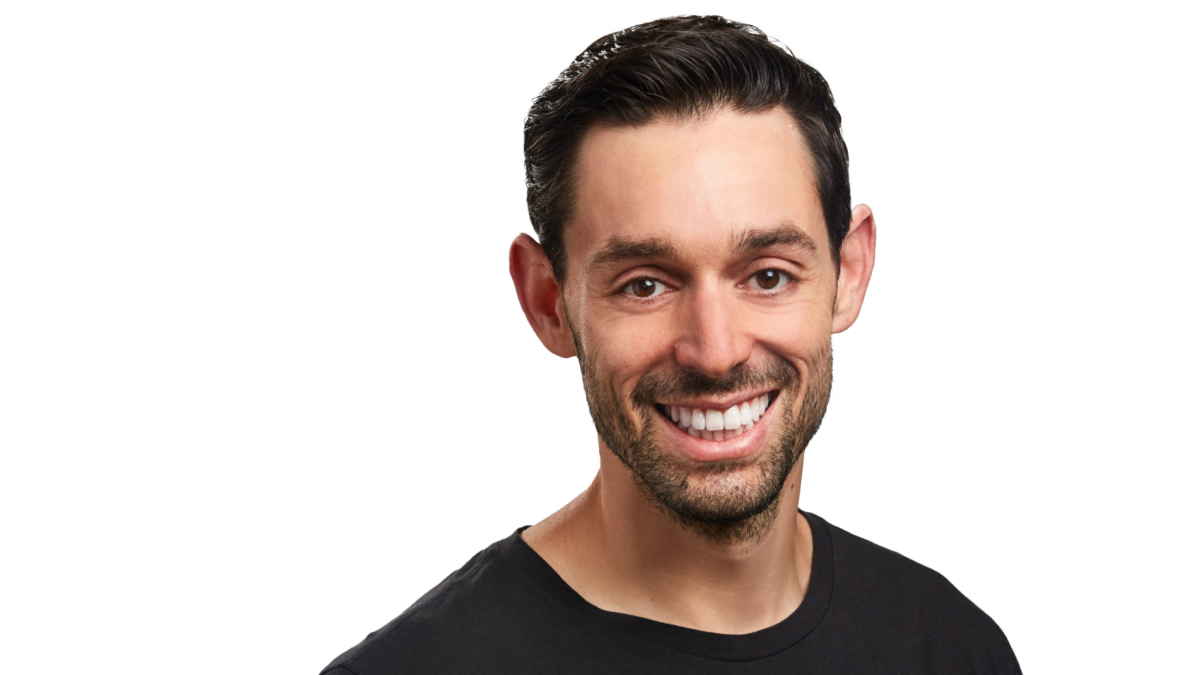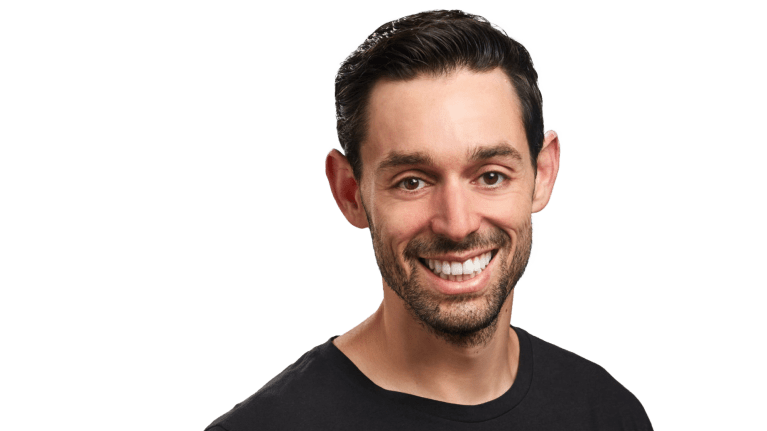
Jacob Morgan is a speaker, futurist, corporate advisor and author of five books, including his latest, Leading with Vulnerability: Unlock Your Greatest Superpower to Transform Yourself, Your Team, and Your Organization (Wiley, 2023). The book is an outgrowth of Morgan’s conversations with business leaders who told him they were conflicted about displaying vulnerability. While they wanted to share their struggles, they also felt the need to project confidence and competence. Morgan interviewed 100 CEOs and surveyed 1,400 employees for the book.
Based in California, Morgan worked in technology and social media for years, eventually becoming interested in leadership and work issues.
What’s the difference between being vulnerable and leading with vulnerability?
Vulnerability is doing something that exposes yourself to potential emotional harm. Leading with vulnerability is being a leader who intentionally opens themselves up to the potential of emotional harm but takes action to create a positive outcome.
Simple example: You made a mistake. Vulnerability is going to your leader and saying, “I’m sorry, I made a mistake.” Leading with vulnerability is, “I’m sorry, but here is what I learned, and here are the steps that I’m going to take to make sure that this mistake does not happen again in the future.”
What’s the benefit of leading with vulnerability?
Let’s say you’re only good at the leadership piece of the job—closing deals, bringing in money, things of that nature. If I were to go to one of your peers or employees, they may say that you’re closing deals and making money, but they have a hard time connecting with you. They don’t get motivated, engaged, inspired.
Similarly, let’s say you were good at the vulnerability piece. They might say you’re an awesome person and that you have great chemistry, but you aren’t the best leader for this role because you’re not demonstrating competence. Leadership plus vulnerability means having a connection.
‘Vulnerability is what helps create trust. Exposing yourself to the potential of emotional harm is what gets people to trust you.’
Can you make a connection without vulnerability?
No. Vulnerability is what helps create trust. Exposing yourself to the potential of emotional harm is what gets people to trust you. Someone might trust somebody on a competency level. They may trust that you have the capabilities required to do your job. But there’s also human trust. Do I trust that you’re going to look out for me? Do I trust that you have my best interests in mind?
How can you ensure that someone won’t use your disclosures against you?
At some point, it will be used against you. That’s just the nature of life. But people are far more trustworthy than we give them credit for. [If fear keeps you from being vulnerable,] it means that you’re going to miss out on opportunities. You don’t want to get into the mental habit of saying that because you had one bad experience, you’re never going to do it again. That’s a leadership killer. Leading with vulnerability is where trust and innovation and a lot of these things come from.
Instead of saying, “I’m never going to do it again,” ask, “Why didn’t that go well? What did I learn from this situation? What did I learn about myself? What did I learn so that in the future, I can avoid this mistake happening again?” You can always make sure that at least you have a learning moment.
What role does HR have in promoting leading with vulnerability?
HR has a unique responsibility to put the emphasis on why this is such a crucial topic and is responsible for guiding and shaping the future of the organization. It’s HR’s responsibility to help the organization understand why these elements are so important and to teach, guide and educate them.
What’s stopping leaders from adopting this approach?
We have to break a lot of the leadership stereotypes. The No. 1 reason why people do not do this is because they don’t want to be perceived as being weak or incompetent. The second reason is culture doesn’t encourage it. And then, third and fourth, which are tied, is: “I don’t want to share something that people can use against me” and “I don’t want my ideas or feelings to be rejected or dismissed.”
How do you break the stereotype?
You empower those around you. You tell people you work with, “It’s OK if you do things differently, or if you try to experiment and do something that we haven’t done.” It’s very tempting to stay in your comfort zone and get into the mentality of: “We’ve always done it like that here.” That’s usually never going to make growth happen.
What will be the biggest challenge for companies for next year? How about in five or 10 years?
It’s going to be balancing humanity and technology. We’re already starting to see a massive influx in the use of ChatGPT and generative AI. [The technology] is only going to get exponentially better. The challenge is: “How do we keep our organization human while using technology to be more productive and efficient?”
Everybody inside an organization has lots of different jobs. Some of those jobs can be done by technology, and some of those jobs are better suited for human creativity and innovation. The first thing that we need to do is separate the person from the job and identify those jobs that a person can do and which one of those could we use technology for. Things change so quickly that it’s hard to even imagine five years out. I think in five to 10 years, technology will be at a scale that’s unimaginable.
Should companies get involved in social issues?
It depends. Where does the issue fit within the values of the organization? Does it align with the business or not? Are the issues impacting your customers, employees or broader community in a significant way? If the answer is no, chances are you shouldn’t get involved.
Do you know what the impact is going to be, short term and long term? Do you have the resources to make an investment or contribution in a meaningful way? Not just in terms of money, but time and people? And do you have a plan of action for what to do if things don’t go according to plan?
Interview by Theresa Agovino, workplace editor for SHRM.


